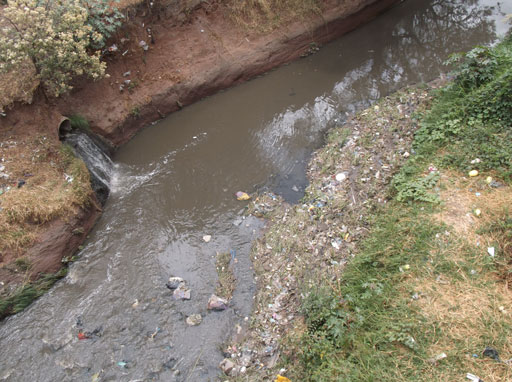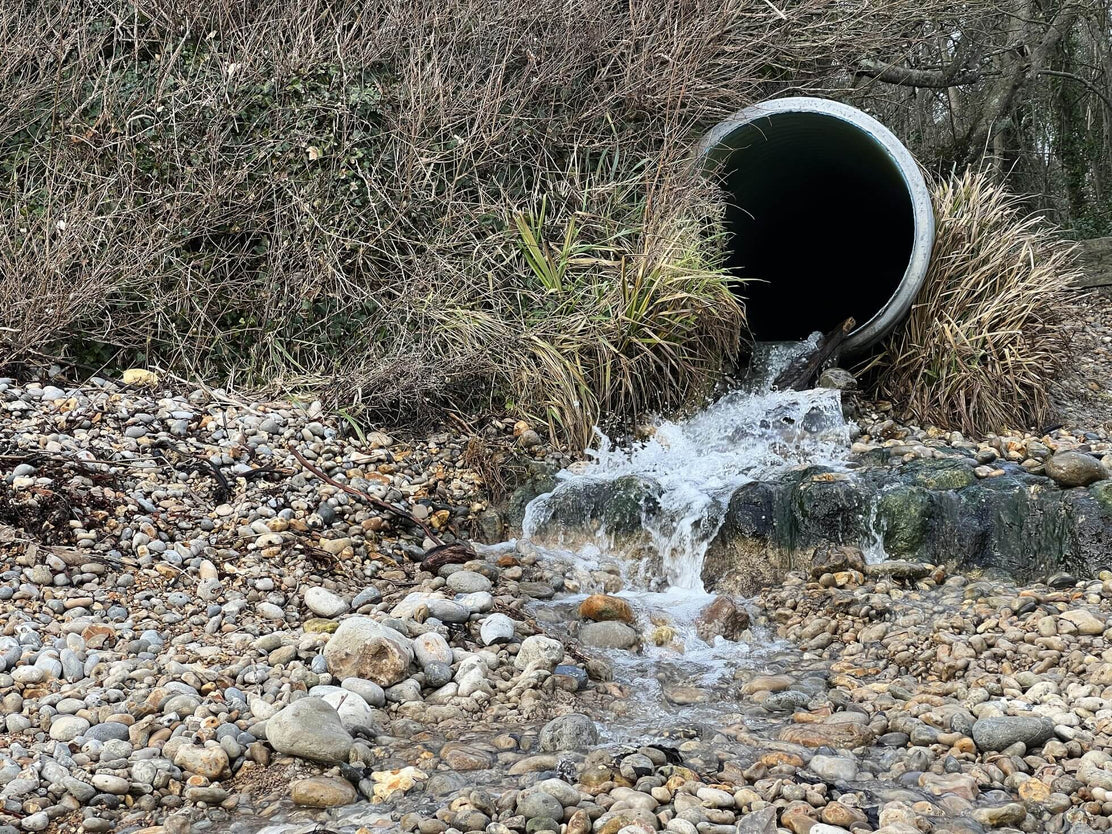Industrial Wastewater Treatment: Custom Solutions for Facility Wastewater Difficulties
Industrial Wastewater Treatment: Custom Solutions for Facility Wastewater Difficulties
Blog Article
Just How Liquid Garbage Disposal Functions: An In-depth Overview of Methods and Technologies Utilized

Review of Fluid Waste Types
The intricacy of liquid waste types requires a complete understanding of their attributes and implications for disposal. Fluid waste can generally be categorized into numerous kinds, including commercial, metropolitan, agricultural, and harmful waste. Each group exhibits distinctive residential properties, needing specific management strategies to mitigate environmental and wellness risks.
Industrial fluid waste originates from manufacturing processes and often consists of a series of pollutants, such as heavy steels, solvents, and natural compounds. Metropolitan liquid waste, primarily making up wastewater from households and industrial facilities, includes natural issue, nutrients, and virus (industrial wastewater treatment). Agricultural liquid waste, consisting of overflow from ranches, might consist of plant foods, chemicals, and pet waste, presenting risks to water top quality and environments
Dangerous liquid waste is identified by its toxicity, sensitivity, or possible to cause harm. This group consists of substances like acids, bases, and particular chemicals that necessitate rigorous handling and disposal protocols. Understanding these diverse fluid waste types is crucial for establishing effective disposal techniques and guaranteeing conformity with environmental guidelines. Correct classification and characterization are crucial for executing proper treatment strategies and reducing the negative effect on public health and wellness and the setting.
Physical Therapy Approaches

Screening is the initial action, where bigger fragments and particles are eliminated from the liquid waste using screens or grates. This process shields downstream tools from damages and makes sure smoother procedure. Complying with screening, sedimentation utilizes gravitational pressure to different solids from liquids. In sedimentation tanks, larger bits clear up at the bottom, forming a sludge layer, while the made clear fluid can be additional treated.
Filtering is another essential approach that includes passing the fluid with porous products, such as sand or membranes, to capture smaller sized particles. This action improves the top quality of the fluid, making it appropriate for succeeding therapy processes.

Chemical Therapy Techniques
Chemical therapy methods are essential for successfully managing fluid waste, particularly in resolving dissolved and colloidal impurities that physical methods might not adequately eliminate. These techniques use numerous chemical agents to counteract, precipitate, or change hazardous compounds try this right into much less damaging kinds.
One common technique is coagulation and flocculation, where chemicals such as alum or ferric chloride are included in promote the aggregation of put on hold fragments. This process improves sedimentation, permitting for easier removal of the resulting sludge. In addition, oxidation procedures, employing agents like chlorine or ozone, are utilized to damage down complex organic compounds and microorganisms, providing the waste safer for discharge or further treatment.
Neutralization is one more essential technique, which changes the pH of acidic or alkaline waste streams to neutral levels, stopping possible harm to downstream systems and the environment. Moreover, progressed oxidation procedures (AOPs) make use of mixes of oxidants and ultraviolet light to degrade persistent pollutants, achieving a higher level of treatment effectiveness.
Organic Therapy Procedures
Organic therapy procedures play a crucial role in the management of liquid waste by using bacteria to disintegrate raw material and minimize pollutant degrees. These processes can be extensively categorized into anaerobic and aerobic treatments, each employing details microbial areas to attain reliable waste deterioration.
Cardiovascular treatment involves making use of oxygen to facilitate the failure of natural materials by bacteria. This process is generally applied in turned on sludge systems, where aeration tanks provide a helpful atmosphere for microbial growth, leading to the oxidation of natural contaminants. The resultant biomass can be separated from dealt with effluent via sedimentation.
In contrast, anaerobic treatment takes place in the absence of oxygen, depending on various germs to break down natural matter. This method is particularly helpful for high-strength waste, as it produces biogas, a renewable power source, while lowering sludge production. Technologies such as anaerobic digesters are frequently used in industrial and municipal applications.
Both anaerobic and aerobic click for more info organic treatments not just minimize the ecological impact of fluid waste but likewise facilitate source recovery, making them crucial elements of lasting waste management approaches. Their efficiency, adaptability, and effectiveness sustain their widespread execution across different sectors.
Emerging Technologies in Disposal
Ingenious strategies to liquid waste disposal are swiftly developing, driven by improvements in technology and a raising emphasis on sustainability. Among these arising modern technologies, membrane layer bioreactors (MBRs) have acquired traction for their capability to incorporate organic treatment with membrane filtration, leading to top quality effluent that can be reused in numerous applications. MBRs make it possible for smaller footprints and extra efficient operations compared to conventional systems.
One more appealing advancement is using anaerobic food digestion integrated with nutrient healing innovations, which not just treats liquid waste but also generates biogas and recovers valuable nutrients like Clicking Here nitrogen and phosphorus. This dual advantage boosts source performance and lowers ecological influence.
In addition, progressed oxidation processes (AOPs) are being adopted for the deterioration of complicated natural toxins. These techniques make use of powerful oxidants and drivers to break down pollutants at the molecular level, providing a highly reliable remedy for difficult waste streams.
Additionally, the combination of expert system and equipment discovering in waste administration systems is optimizing functional effectiveness and anticipating upkeep, resulting in reduced prices and enhanced environmental conformity. These innovations mirror a substantial shift in the direction of more sustainable and efficient liquid garbage disposal methods.
Conclusion
In verdict, effective fluid waste disposal demands a detailed understanding of various methods and technologies. The assimilation of physical, chemical, and biological therapy methods makes sure the efficient administration of diverse waste types. In addition, the development of cutting-edge innovations boosts treatment effectiveness and advertises sustainability in waste management methods. By continuously advancing these techniques, it becomes possible to resolve the growing difficulties associated with fluid waste, ultimately adding to environmental management and resource healing.
Liquid waste disposal is an important facet of ecological management, requiring an extensive understanding of different strategies and modern technologies customized to various waste kinds. Fluid waste can generally be classified right into numerous kinds, consisting of commercial, metropolitan, farming, and harmful waste. Agricultural fluid waste, consisting of drainage from ranches, might consist of plant foods, pesticides, and animal waste, positioning dangers to water quality and environments.
Different physical treatment techniques play a vital function in handling liquid waste effectively - industrial wastewater treatment.In final thought, effective fluid waste disposal demands a thorough understanding of different methods and technologies
Report this page